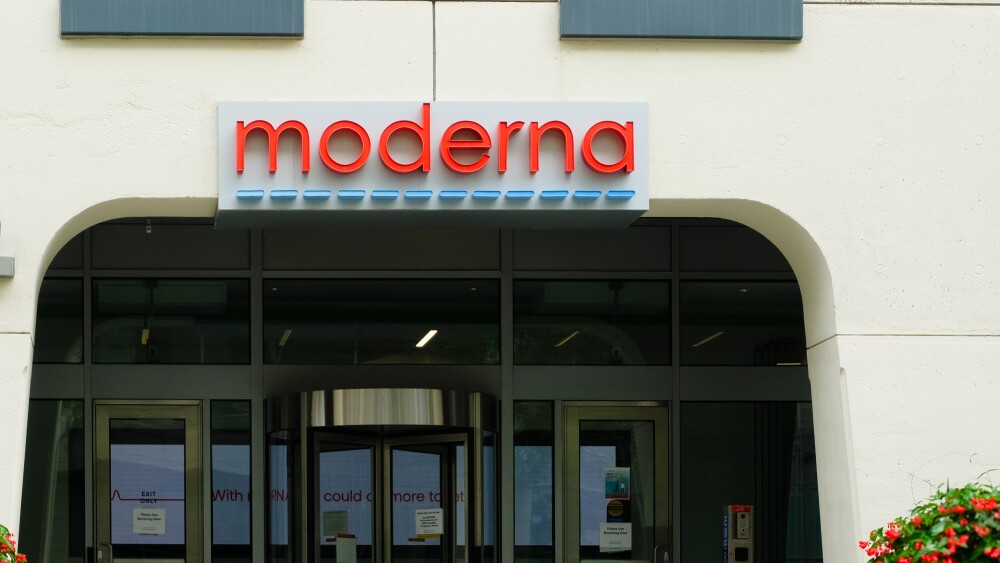Given today’s available local talent pool, biopharma companies are less likely to turn toward international job candidates, according to a talent acquisition expert. Findings from two recent BioSpace LinkedIn polls underscore the issue.
International biopharma talent is likely finding the job market more challenging lately, as the demand for international hires has decreased, based on a June BioSpace LinkedIn poll. When asked if the proportion of international hires had dropped at their businesses over the past few years, just over half of poll respondents said yes.
A talent acquisition expert echoed the poll results. Adam Kaner, senior vice president of RPO and project management at PharmaLogics Recruiting, told BioSpace that within the U.S., he’s seen a noticeable decline in the demand for international hires at biopharma companies.
“We’re seeing very little of that at all right now,” Kaner said.
On the flip side, he noted, there’s been increased demand for people living in other countries to handle certain functions for U.S. biopharmas, such as administrative and back-office work. Businesses that take this approach do so because they can get highly qualified talent at a lower cost to the organization, Kaner said.
When U.S. biopharmas do hire international talent, they’re mainly filling data-driven roles in areas such as data science, bioinformatics, biostatistics and statistical programming, according to Kaner. Those areas are growing fast and are super competitive, he explained, so it’s historically been harder to find and attract talent in those spaces.
Kaner noted that international students are enrolled in artificial intelligence, machine learning and data science programs at places such as Columbia University, Harvard University, Johns Hopkins University, Massachusetts Institute of Technology, Stanford University and the University of Pennsylvania. So, he said, companies have access to a data-driven international talent pool in the U.S. It’s just a matter of how to get those people on board.
Layoffs, Visa Issues Affect International Talent Demand
The No. 1 reason demand for international biopharma talent in the U.S. has decreased, according to Kaner, is because there’s a lot more talent available given industry layoffs over the past few years.
Workforce reductions are continuing in 2025. Through May, more than 120 businesses laid off more than 12,300 employees. That includes about 6,000 people in the first quarter. Those numbers exclude contract development and manufacturing organizations, contract research organizations, tools and services businesses and medical device firms.
Additional reasons for the decreased international talent demand are the tightening of immigration processes, uncertainties around visa approvals and higher visa costs, according to Kaner.
Regarding higher costs, for example, H-1B fees went up in 2024 and 2025. Often used by biopharma professionals, H-1Bs are temporary work visas intended for specialty occupations in fields that require highly specialized knowledge. In April 2024, the filing fee rose from $460 to $780—up 70%—unless the organization is a nonprofit or a small employer with 25 or fewer full-time equivalent employees. Beginning with the March 2025 registration period, the registration process fee increased from $10 to $215, a 2,050% jump.
It can take a significant amount of time to get visa sponsorship to work as a biopharma professional in the U.S., according to a recent BioSpace LinkedIn poll. It found that 52% of survey respondents have been trying for seven months or longer.
To more easily identify and hire international talent, Kaner said some U.S. companies are establishing a presence in Canada or the European Union. He noted that PharmaLogics has worked with more organizations in Canada in the past two years than it has historically and that the EU has a strong life sciences presence.
“With the current landscape, I think companies—or founders of organizations—are thinking about what’s going to be the path of least resistance to hire the best possible talent, and what’s going to allow them to attain the highest level of success the fastest?” Kaner said.
International Talent Demand Should Increase in Near Future
Looking ahead, likely about two years from now, the hiring market should return to a more normal level where there’s an almost equal number of candidates as jobs, according to Kaner. He said that should bring the demand for international biopharma talent back to what it’s historically been, although it won’t match what was seen shortly after the COVID-19 pandemic hit.
In that candidate-driven market, Kaner noted, talented, strong candidates would have five or six offers in hand at any given time. Because it was therefore challenging for companies to find prospective employees, there was more of a demand for international talent and more willingness to sponsor visas, according to Kaner.
“They were doing whatever they could to hire talent because that was help they needed,” he said. “They needed the talent to be able to be successful.”
Until the market turns around, international biopharma professionals appear to be in a challenging position. Two respondents to a recent BioSpace survey highlighted the issue, mentioning the difficulty of getting companies to sponsor foreign-born employees. One called it an “impossible” task, and both indicated they’re seriously considering leaving the U.S. to find biopharma employment.
Interested in more career insights? Subscribe to Career Insider to receive our quarterly life sciences job market reports, career advice and more.








